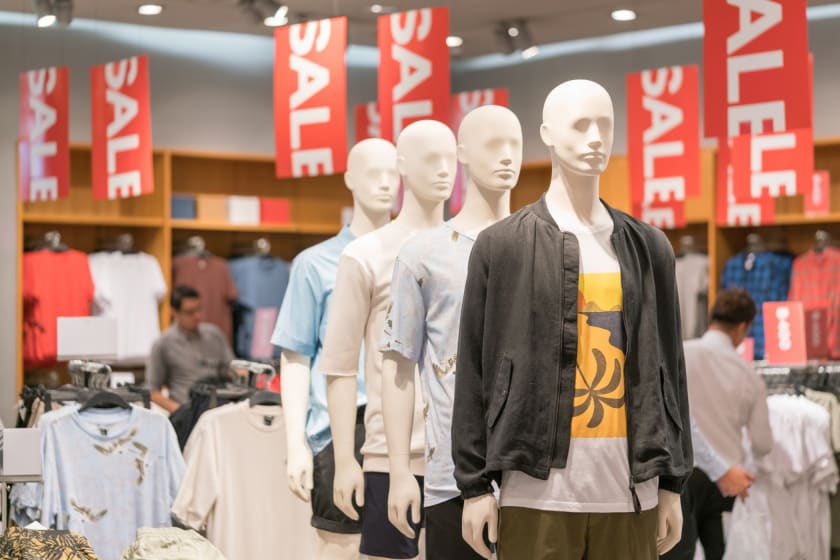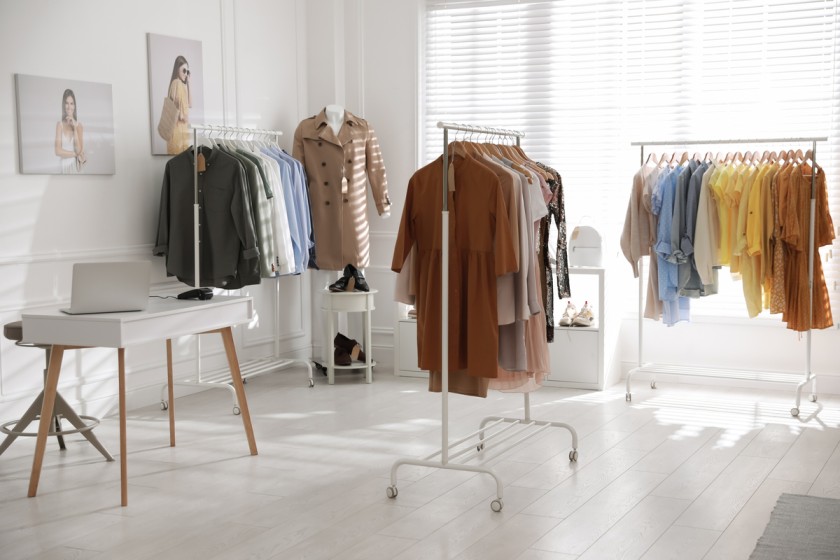Product Assortment: The Holy Grail of Successful Fashion Retail



The pandemic has created severe problems for the fashion industry. A steady decline in inventory due to continued disruptions in the supply chain is one of the major issues the fashion industry is facing. Moreover, the increasing inflation has put a cap on the purchasing power of the people. Even big names such as Shahi Exports, one of India's leading exporters of clothes, saw a decline of around 20-30 percent in purchasing after the onset of the pandemic.
Now, buyers and sellers do not have the power to reduce costs in the supply chain due to restrictions and lack of employees. So they find themselves in a position where they can no longer decrease the prices. The only way to increase sales in such a scenario is by accelerating innovation in techniques, such as product assortment. General merchandisers who are an expert in changing the layout of a store play a crucial role in it.
What Is Product Assortment?

The product assortment is also called merchandise or product mix. In this process, fashion businesses decide how they would like to present their products to their customers. Product assortment depends on the type of store a fashion brand, the volume of inventory, and the types of products they sell. Furthermore, one needs to consider two significant aspects of product assortment.
Breadth
Breadth or width refers to the total number of product types a brand offers to its customers. For instance, a cloth store can sell clothes of more than one brand, so in this case, the store's width can be quantified as - Gucci, Levis, Armani, etc. This can further be classified under different breadths as Jeans, Tops, Shirts, etc.
Depth
Depth or length is the total number of product categories available at a store. Several general merchandisers help fashion brands in displaying several categories of a product. For example, there is a store which sells jeans. So the depth, in this case, would be the different types of jeans that are available in the market.
Depth Or Breadth
A lot of fashion brands do not know what is good for them. Do they have to display products of various types, or do they need to focus on the subtypes of each product? If a brand wants to focus on breadth, it will be required to purchase more units of each of the products. To increase the breadth of their store, fashion retail will also require more manufacturers willing to lower the price based on the number of units sold, bringing down the cost per item for the brand.
While, if a brand wants to focus more on depth or length, it would be focussing more on bringing more options in a handful of products in its offering. By choosing breadth, brands make themselves vulnerable to the changes in the market. Selecting some products will make the store look less diversified. But on the other hand, it will make the business look more invested in a particular niche by narrowing its approach for the target audience.
One might say that why not focus on both depth and breadth simultaneously. Taking such a massive task may be easy for a big conglomerate, but replicating the same might be nearly impossible for small businesses. The primary reason for it is that if a brand wants to expand its breadth and depth, it requires subsequent capital, space, and a steady workforce that can mobilize and arrange these products and keep a check on the inventory.
Strategizing Product Assortment

Numerous general merchandisers use product assortment to accelerate sales of several fashion brands. If a brand wants to cover a wider demographic, they need to focus on assortment breadth. The 2021 McKinsey State of Fashion report on product assortment states that better assortment comes by focusing on “profitability, value, simplicity, and downsized collections, rather than discounting and volumes.”
A better way to make strategies is by following the market demands. If a brand sees a spike in the sale of a particular product, they can focus more on the diversification in the segment, or if there is a sale in all the kinds of products equally, then diversification in the type of products is the way.
Some Product Assortment Tips
General merchandisers employ various tips to make perfect product assortment strategies. Some of these tips are as follows:
Define the Image and Purpose of the Store
Understanding the target audience is the first step towards defining the image of a shop. Find the purpose of the brand, promote sustainable clothes, comfy clothes, or focus more on luxury products. If the store's image is fun, where one can find funky clothes, the brand needs to increase the depth of the funky clothes it has. But if the store has an image as the one that has something for all age groups, focus more on bringing products that bode well for all.
It is essential to define an image for a store. If a brand doesn't have an image, its customers might get confused. And they will prefer competitors who have a more precise image of what they are offering.
Studying the Inventory
Analyzing the inventory will help a brand in decoding various vital insights. General merchandisers often observe inventory for a pattern in sales. And once they find one, they modify the product assortment accordingly. For instance, if various customers bring a product in different colors and styles, brands might want to increase the depth of that particular product.
Observe Shopping Habits of Customers
Fashion businesses need to observe how their customers behave online and in offline shops. This will help them in finding a pattern in their shopping sessions. Find what kind of product the customer explores more and what questions are being asked from the salesman. These questions will help fashion retail in formulating strategies for the upcoming season.
Furthermore, brands can also observe the product combos their customers are going for. A customer who is buying a matching tie every time they buy a shirt is more likely to buy the same in the next purchase. It will be a smart move to increase the depth of shirts so that it corresponds with the tie or vice versa.
Focus on Changing Trends
Sometimes a sudden change in trends can make a huge difference in a company's sales. Sustainable fashion is becoming popular day by day, and if a brand sees that its immediate target audience is getting influenced by it, they need to make necessary changes. By increasing width in the clothing segments, one can introduce different types of sustainable fabric in clothes, which may appeal more to their customers.
The product assortment is no doubt the holy grail of the fashion retail industry. It can be the savior for numerous failing businesses in the pandemic. However, one needs to make proper strategies to implement the magic of product assortment in their business. In order to make a successful product assortment, one needs to be connected to a dedicated supplier. This is where Fashinza comes in. Fashinza simplifies sourcing for clothing brands by connecting them with suitable suppliers.



















